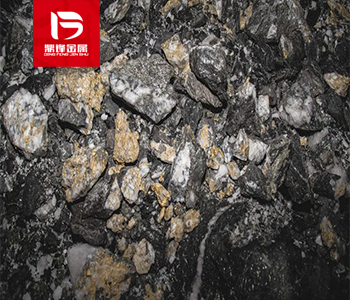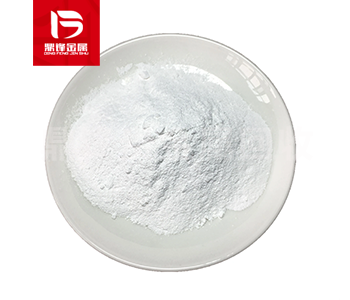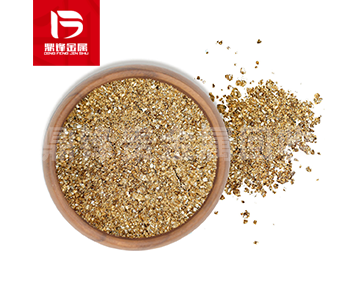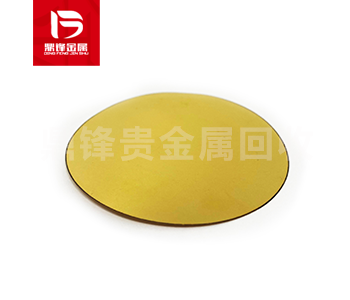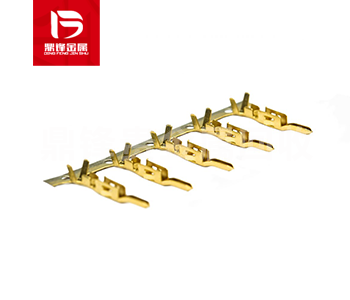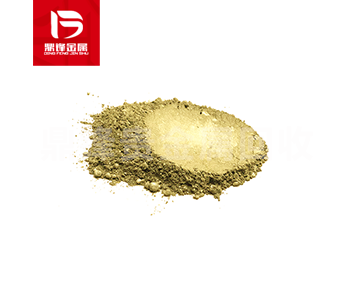Gold(III) chloride recovery_ What is Gold(III) chloride? Main uses of Gold(III) chloride
What is Gold(III) chloride?Gold(III) chloride is a highly stable compound, soluble in water, with a melting point of 254C. Its most commonly used form is its dihydrate, with the chemical formula AuCl3
What is Gold(III) chloride?
Gold(III) chloride is a highly stable compound, soluble in water, with a melting point of 254C. Its most commonly used form is its dihydrate, with the chemical formula AuCl3 · 2H2O. The yellow color of Gold(III) chloride is caused by the presence of gold ions in the compound. Depending on the concentration of the compound, these ions have a unique color ranging from yellow to orange. One of the most unique properties of Gold(III) chloride is that it can be reduced to metallic gold. This process is called precipitation, including adding reducing agent, such as Sodium sulfite, to Gold(III) chloride solution. Gold ions are reduced to metallic gold and form precipitates that can be collected and extracted.
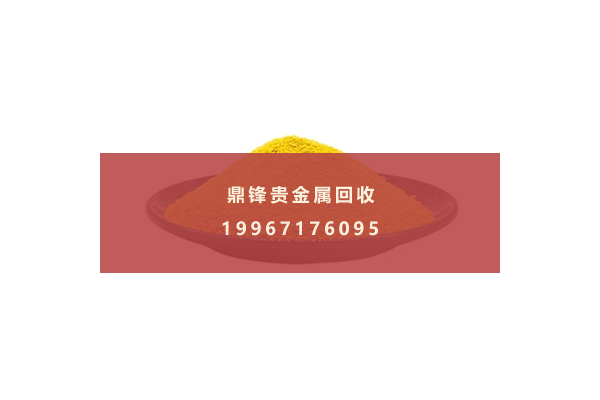
Use of Gold(III) chloride:
1. Gold(III) chloride plays an important role in the preparation of gold nanoparticles. because of its unique properties, it has a broad application prospect. These nanoparticles are highly stable, have high specific surface area, and show remarkable optical properties, which make them ideal for use in Biomedical engineering, electronics, catalysis and other fields. Gold nanoparticles have been shown to have enormous potential in cancer treatment, as they can be used as drug delivery agents, imaging agents, and photothermal therapy. In addition, gold nanoparticles can also be used as catalysts for various reactions, including the oxidation and hydrogenation of alcohols and the reduction of Nitro compound.
2. In the photography industry, it is used to manufacture toner for photo printing. These toners are used to add gold to black and white photos, making them more attractive and valuable. Carbon powder is made by adding Gold(III) chloride to a solution containing a reducing agent (such as Sodium thiosulfate). The restored gold is deposited on the surface of the printed photo to produce gold.
3. Gold(III) chloride is widely used to produce high-quality glass. It is added to glass enamel to create a beautiful and durable surface. Adding Gold(III) chloride to glass enamel can also provide wear resistance and good glass surface adhesion. From champagne glass to stained glass windows, Gold(III) chloride can turn ordinary glass into a luxurious material.
4. Gold(III) chloride is also used in the jewelry industry to produce gold plated jewelry. It is used as an electroplating agent to deposit a thin layer of gold, usually copper or silver, on the surface of base metals. This process is called electroplating and is widely used to manufacture jewelry with a golden surface. Gold(III) chloride is also used to produce platinum. Platinum is a mixture of gold and other substances, such as palladium, nickel, or zinc. To make platinum, base metals are mixed with Gold(III) chloride solution and heated to high temperature. Gold(III) chloride reacts with base metal to form a white gold alloy.
5. Gold(III) chloride is also used in the printing industry as a colorant for ink. It is an excellent source of metallic gold used in the production of gold ink. Mix Gold(III) chloride solution with reducing agent such as oxalic acid, and then apply it on the paper. The reducing agent converts Gold(III) chloride into metal gold, which is deposited on the paper to give gold. The use of gold ink in printing is common in the production of luxury packaging, invitations, and high-end publications.
6. Gold(III) chloride is widely used in the production of electronic components in the electronic industry. It is used as a coating material for circuit boards and is known for its excellent conductivity and corrosion resistance. Gold has a high melting point and is an excellent conductor, making it an ideal material for manufacturing electronic components. Gold is also used in the production of electronic sensors and switches due to its unique optical and electrical properties. It is also used for high-tech applications, such as MEMS (Micro Electro Mechanical Systems) equipment, and is used as a coating for spacecraft components due to its high reflectivity characteristics.
&Quot; Dingfeng Precious Metals Recycling includes precious metals such as gold, silver, palladium, rhodium, platinum, germanium, iridium, ruthenium, etc. This is our business in precious metal recycling. If you have precious metals such as gold, silver, palladium, rhodium, platinum, germanium, iridium, ruthenium that need to be recycled, please contact us and we will provide you with a satisfactory price& Quot;



